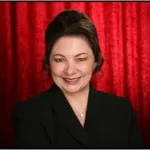The next day was Friday, and on that morning as soon as they opened, we went to the Columbus Café for a croissant and coffee, located right next to our building. They didn’t have our preferred pastry of almond croissants, so we got plain croissants and a cinnamon roll.
Afterward, we got an Uber right out front and headed to our first visit for the day, in the ninth Arrondissement, to the Gustave Moreau Museum. Gustave Moreau (b.1825-d.1898), produced romanticized and stylistic paintings of fantasy based on ancient stories (Jupiter and Selene, Salome, Leda and the Swan, Helen of Troy, Oedipus, and the Sphinx). He also liked the strong colors of fauvism and expressionism, and examples of all are displayed in his home, and a treat for the eye. We had been there before but could not resist going back. What is most interesting about his works is the symbolism that he squeezes into his paintings. The view from atop the spiral staircase of the large studio below allows the visitor to better view the large atelier with his huge paintings.
Within walking distance is another museum, the Vie Romantique (Museum of Romantic Life). Up a brick-walled alleyway with flower beds, we approached the house and its garden. The museum was once the home of Ary Scheffer, perhaps one of the most prominent romantic artists of Romanticism. Already an established artist with his work in 1818, he began to rent the house in 1830. He built a pavilion on the property and entertained such notables as Delacroix, Chopin, and Rossini. Three rooms downstairs are dedicated to the writer George Sand (Aurore Dupin), and display some of her drawings, jewels, furnishings from her home, family portraits, along with a plaster cast of her arm and hand.
There are other works in the museum. Included are many written works of religious criticism and history by the philosopher Ernest Renan. He is best known for his book, Life of Jesus (1863), referring to the figure as a man, his History of the People of Israel, and his History of the Origins of Christianity, among others. Also, there is a painting of Elisabeth Rachel Felix, the famous singer and actress of the Romantic period. In the museum is a beautiful silk-covered album simply called “Rachel” of drawings, poems, a note about her by Alexandre Dumas, the history of her life with all the roles she played on stage as a classical French tragedy character, and especially as the model of Sarah Bernhardt. As well, there was a sculpture by Auguste Clésinger, Marie d’Orlean’s Joan of Arc in Prayer, and a work showing Lord Byron. It was only a small two-story exhibit, but well laid out. The greenhouse has been converted into a tearoom and a brick courtyard offers many flowers representing enthusiasm, romance, power, and strength of the era with a trellis of orange roses, purple wisteria, and black tulips.
The weather said rain, but it held back, so we decided to walk up to the Montmarte area. We passed the Moulin Rouge with its spectacular dance reviews (which we’ve been to in the past but would pass up on this trip), and made our way to the Montmartre Cemetery, located on the slopes of Butte Montmartre. This early nineteenth century necropolis opened its gates in 1825, has 21,500 graves under the shade of almost 800 trees, predominantly of maples. We nearly walked the entire thing looking for famous people. Such notables as the following are buried there: Edgar Degas the impressionist painter, Alexandre Dumas the novelist, Léon Foucault the scientist, Gustave Moreau the painter, Francois Truffaut the filmmaker, and Émile Zola the author, among many others.
By then, we could hardly put one foot in front of the other, and decided to get some lunch nearby. We ended up at the Café de Luna on the Place du Clichy and had some pizza. Then we took a taxi all the way back (40-minute drive) to our Airbnb to rest. The pizza filled us so much that we skipped dinner, had another glass of wine, a light snack and made plans for the next day.
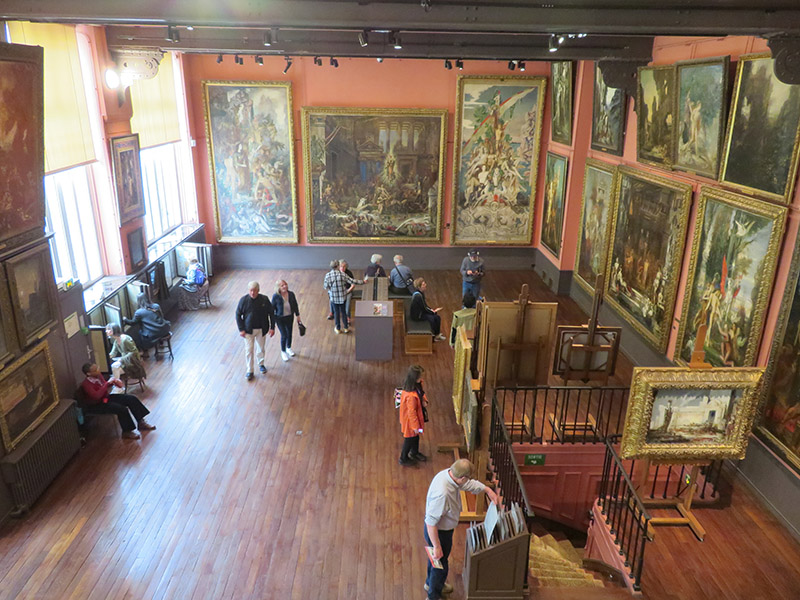
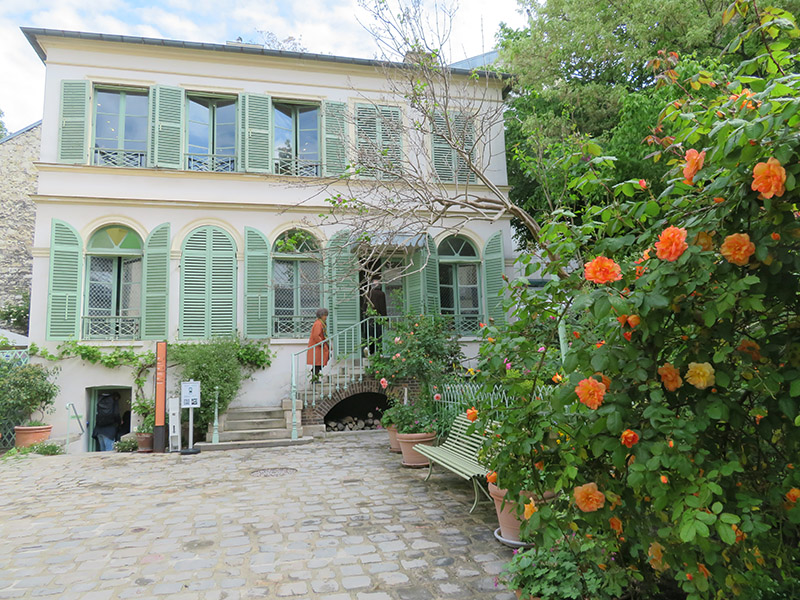
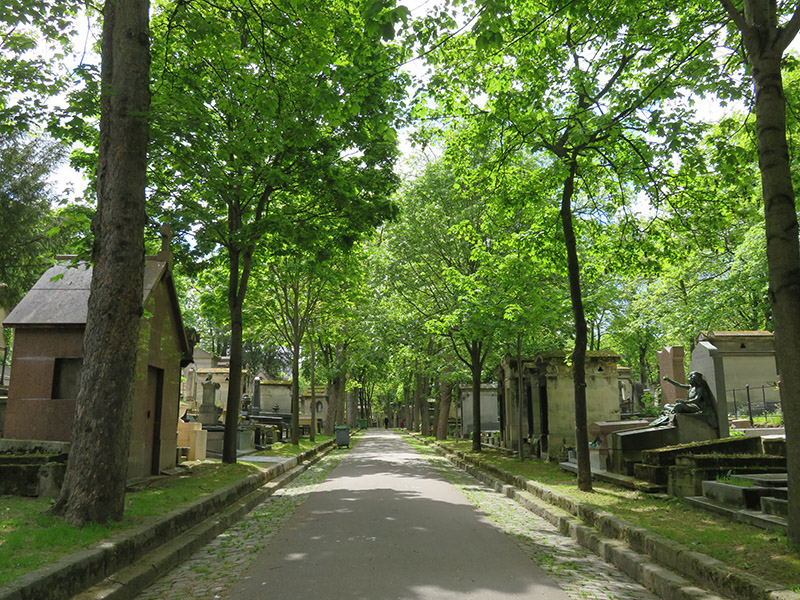
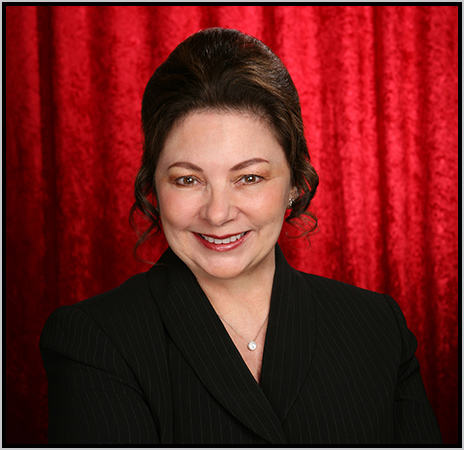 The official website of Lita-Luise Chappell, writer on sex, magic, food, distant lands, and everyday life with articles, poetry, novels, travelogues, rituals, cookbooks, and short-stories.
The official website of Lita-Luise Chappell, writer on sex, magic, food, distant lands, and everyday life with articles, poetry, novels, travelogues, rituals, cookbooks, and short-stories.